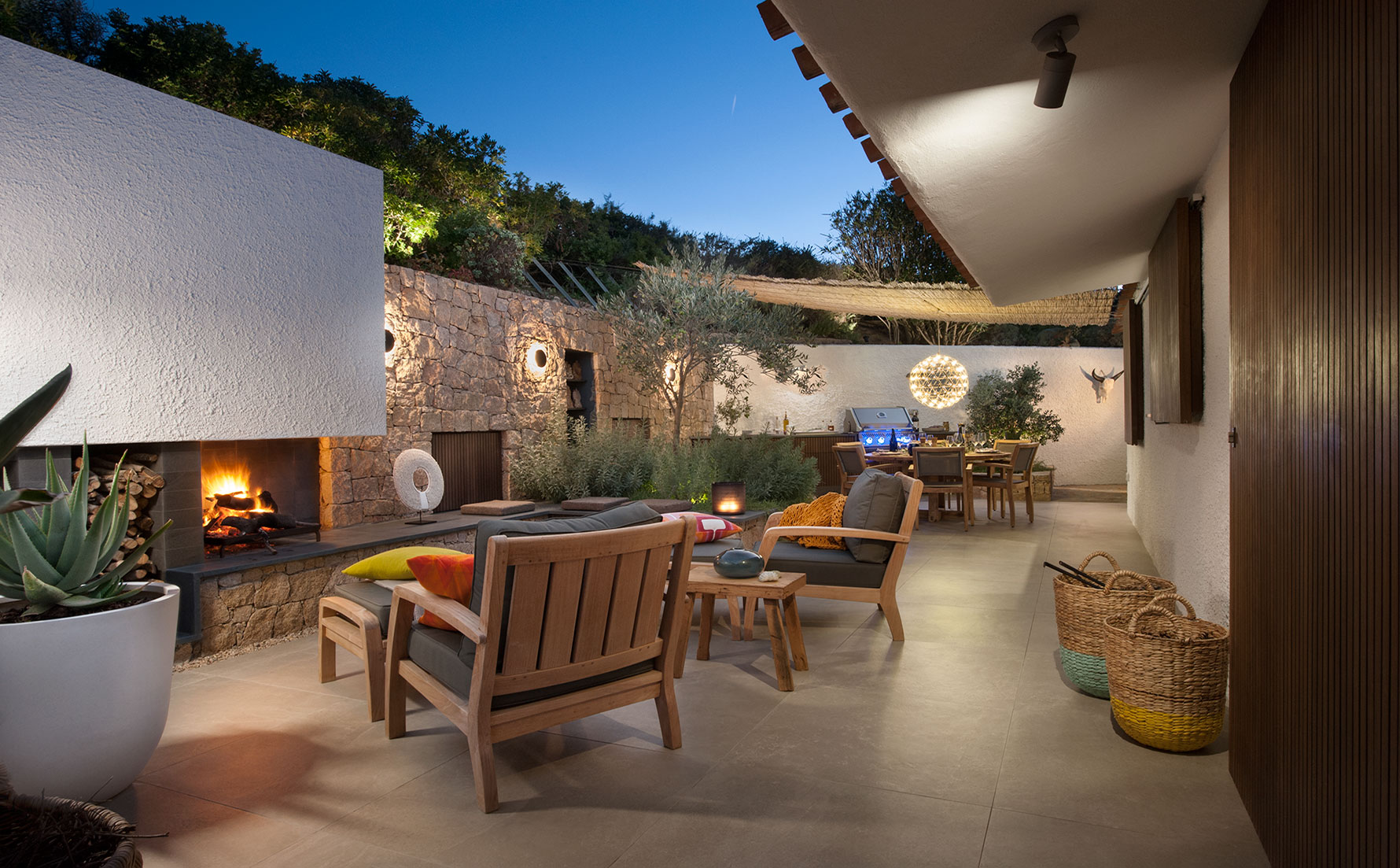Is it a sign that they are aging prematurely or are life’s stresses getting to be too overwhelming for millennials?
In recent years, a fascinating trend has emerged among millennials: the migration into neighborhoods traditionally designed for retirees, complete with amenities like golf courses and yoga studios. The shift reflects a broader change in lifestyle preferences and priorities, as younger generations look to blend work and leisure in a way that allows for a more holistic approach to living. “Tempus fugit”, as they say, life is short and many of them have discovered that there is more to life than work. Thanks to the revolution in remote working that the pandemic ushered in, millennials who were bound to a physical office are now free to move out of the cities and into suburban communities.
The allure of these communities lies in their promise of a carefree, active lifestyle that doesn’t wait for retirement. For many millennials, the pandemic was a turning point, underscoring the value of outdoor space and leisure time. The lockdowns and the remote work revolution brought a psychological reset and a reordering of priorities.

Real estate developers have been quick to respond to this demand, integrating resort-style amenities into new housing developments. These features are not just about luxury; they represent a shift towards a community-centric, wellness-oriented way of life. For instance, the Juniper Reserve in Bend, Oregon, offers its residents access to two 18-hole golf courses and a spa, blending the natural beauty of the Pacific Northwest with the comforts of modern living.
The trend is not limited to any one region. Across the United States, from the sunny coasts of Florida to the rolling hills of Texas, millennials are investing in properties that offer more than just a home; they offer a lifestyle. In Tequesta, Florida, young homeowners are drawn to the family-friendly atmosphere and the promise of a community that caters to a younger demographic. Meanwhile, in Barton Creek, Texas, millennials are actively seeking the country club lifestyle, with its access to golf courses, tennis courts, and social events.
This phenomenon is not just about the amenities themselves but what they represent: a desire for connection, community, and a slower pace of life. It’s a conscious choice to prioritize experiences and relationships over material possessions. The social aspect of these communities, where neighbors gather for yoga classes or tee off together on the weekends, fosters a sense of belonging and shared interests.
The traditional life trajectory of city living, suburban settling, and eventual retirement is being reimagined. Millennials are not waiting until their golden years to enjoy the perks of a relaxed, active lifestyle. Instead, they are creating their own version of the good life, right here and now.
The implications for urban planning and real estate development are significant. As more young professionals opt for these “retirement-like” communities, developers will need to continue adapting their offerings to meet the evolving desires of this influential demographic. It’s a trend that speaks to a broader societal shift towards valuing quality of life over the traditional markers of success.












